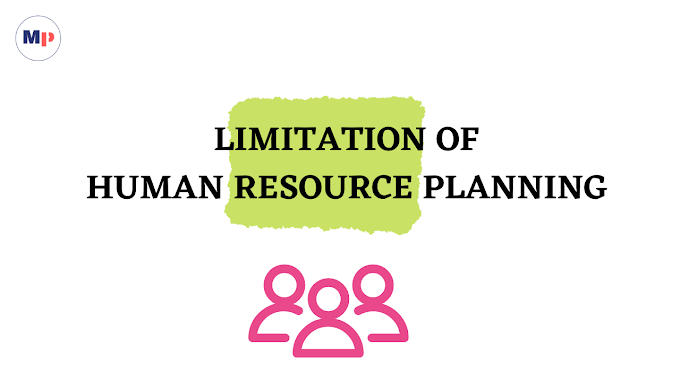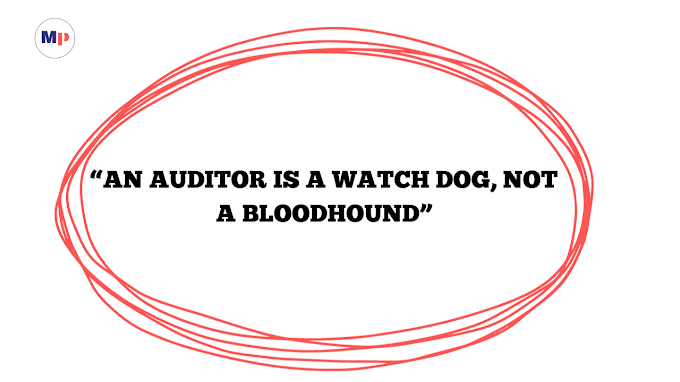MEANING AND DEFINITION OF WORKING CAPITAL
Working capital management refers to the management of current assets and current liabilities. Working capital, however, represents an investment in current assets, such as cash, marketable securities, inventories, and bills receivables. Current liabilities mainly include bills payable, notes payable, and miscellaneous accruals.
Net working capital is the excess of current assets over current liabilities. Current assets are those assets that are normally converted into cash within an accounting year and current liabilities are usually paid within an accounting year.
Following are some of the important definitions of working capital:-
"Working capital means current assets"
Mead, Malott, and Fild
"The sum of current assets is the working capital of a business."
J.S Mill
"Any acquisition of funds that increase the current assets, increase working capital, for they are one and the same."
C.W Gerstenberg
DANGERS OF INADEQUATE WORKING CAPITAL
The possible dangers of inadequate and redundant working capital are discussed below-
Loss of Goodwill and Creditworthiness:
The firm loses its
creditworthiness and goodwill as it fails to honour its liabilities.
Consequently, the firm finds it difficult to current requisite funds for its
business operations procure on easy terms, which ultimately results in
reduced profitability as well as production interruptions.
The Firm Cannot Avail of the Favourable Opportunities:
A
firm with inadequate working capital fails to undertake profitable
projects, which not only prevents the firm from availing the benefits of favorable
opportunities but also stagnates its growth.
Operational Inefficiencies:
The adequacy of working capital leads to operating
inefficiencies as day-to-day commitments cannot be met.
Low Rate of Return on Fixed Assets:
Inadequacy or shortage
of working capital also results in a return on fixed assets because in lowering the rate fixed assets can not be efficiently utilized or maintained due to
inadequacy of working capital.
Increase in Business Risks:
Inadequate working capital
increases the risk of the firm. In the absence of ample working capital, the
firm cannot discharge its current liabilities and is liable for being declared insolvent. Inadequate working capital, therefore, poses a serious threat to
the survival of the firm.
Non-achievement of Profit Target:
A firm with inadequate
working capital cannot achieve its profit target because it cannot implement its
operating plans due to a shortage of working capital.
Adverse Effect on the Morale of Business Executives:
Inadequacy of working capital also adversely affects the morale of the firm's
executives because they do not have an environment of certainty, security, and
confidence, which is a great psychological factor in improving the overall
efficiency of the business.
Effect on Financial Capacity:
Inadequacy of working capital
also weakens the shock-absorbing capacity of the firm because it cannot meet
the contingencies, arising from business oscillations, financial losses, etc.,
due to shortage of working capital.





